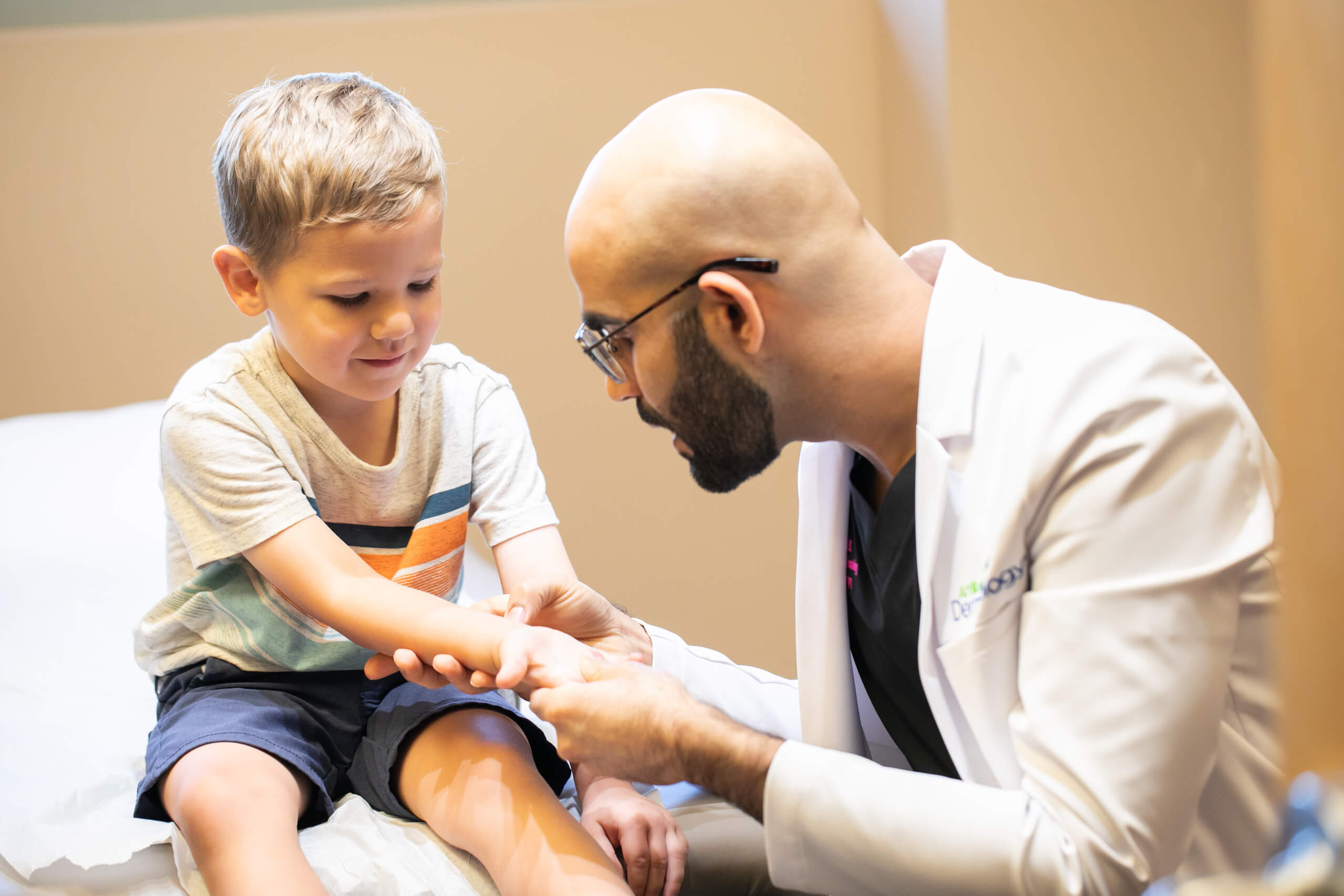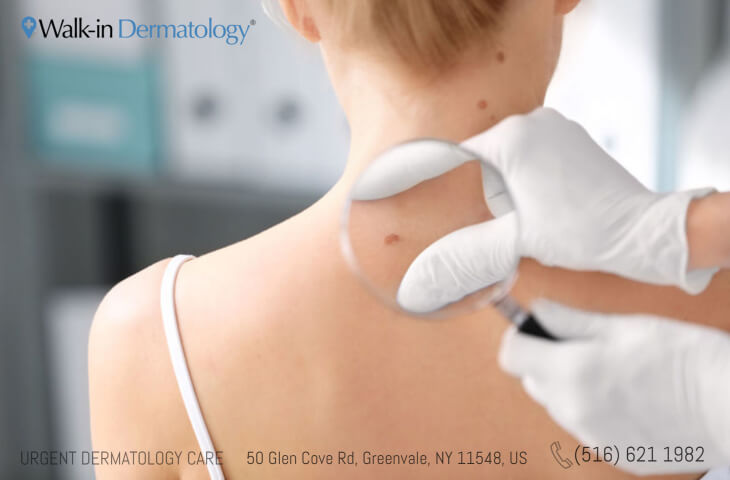Navigating Skin Cancer Therapy: The Crucial Duty of Mohs in Modern Dermatology Practices
Skin cancer cells, a complicated medical diagnosis, commonly leaves clients grappling with many treatment alternatives. Among these, Mohs surgical procedure stands as a sign in modern dermatology, renowned for its careful method to cancer cells removal and conservation of surrounding healthy and balanced tissue. This ingenious practice guarantees not just remarkable cosmetic end results however additionally provides prompt results, reducing client anxiousness. As we explore the ins and outs of this procedure, one will value its pivotal function in skin cancer cells treatment.
Recognizing Skin Cancer Cells: Types and Risks
Skin cancer cells, a possibly life-threatening condition, is even more prevalent than numerous individuals understand. This condition, caused by the uncontrolled growth of irregular skin cells, largely arises from DNA damage due to exposure to the sun and ultraviolet (UV) light. There are three primary kinds of skin cancer cells: Basic cell cancer, Squamous cell cancer, and Cancer malignancy. While the previous 2 are much less dangerous and compose most of diagnosed cases, melanoma is the most dangerous. It accounts for only about 1% of skin cancer cases but causes the vast majority of skin cancer fatalities - hair loss. Risk factors include reasonable skin, history of sunburn, excessive sunlight direct exposure, living at high elevations or near the equator, having numerous moles, a household history of skin cancer, and damaged body immune system.
What Is Mohs Surgery and Just How It's Reinventing Skin Cancer Therapy
In spite of the countless therapies presently readily available for skin cancer cells, Mohs surgery stands out as a groundbreaking and highly effective service. Named after Frederic E. Mohs, the doctor who established the procedure, Mohs surgical treatment is an exact medical method utilized to treat skin cancer. This level of precision, combined with the ability to save as much healthy and balanced cells as feasible, is reinventing skin cancer cells treatment.
The Advantages of Mohs Surgery Over Traditional Skin Cancer Therapies
Structure on the cutting-edge nature of Mohs surgical treatment, it's necessary to consider its countless benefits over standard skin cancer treatments. Unlike guidelines, Mohs uses a higher cure price, commonly reaching 99% for novice therapies and 94% for recurring cancers cells. This precision is due to its one-of-a-kind technique of gradually removing and checking out cells layers until just cancer-free cells stay (hair loss). Additionally, it lessens damage to healthy skin, bring about less scarring and boosted cosmetic outcomes. Mohs likewise provides prompt results, eliminating the anxiety-ridden delay common with various other techniques. Lastly, it's economical, as the surgical treatment and tiny assessment happen simultaneously, eliminating the demand for additional laboratory solutions. Thus, Mohs represents a substantial advancement in skin-related practices.
The Treatment of Mohs Surgery: What to Expect During the Process

Possible Adverse Effects and Post-Operative Treatment of Mohs Surgery
Going through Mohs surgical procedure, like any type of various other procedure, includes possible side effects that clients need to be aware of. Typical negative effects consist of pain, bruising, and swelling at the surgical treatment website. These are generally temporary and manageable with over the counter discomfort medicine and ice packs. In uncommon cases, patients may experience infection, bleeding, or an allergic reaction to the anesthetic. Post-operative care is vital to recovery and decreasing adverse effects. This generally involves keeping the wound clean and dry, taking prescribed medications, and avoiding exhausting activities. Clients ought to likewise attend all follow-up appointments for wound care and surveillance. In some cases, added therapies might be needed to make sure total removal of the cancerous cells. Complying with these post-operative treatment standards can considerably improve recovery and outcomes.
Conclusion
